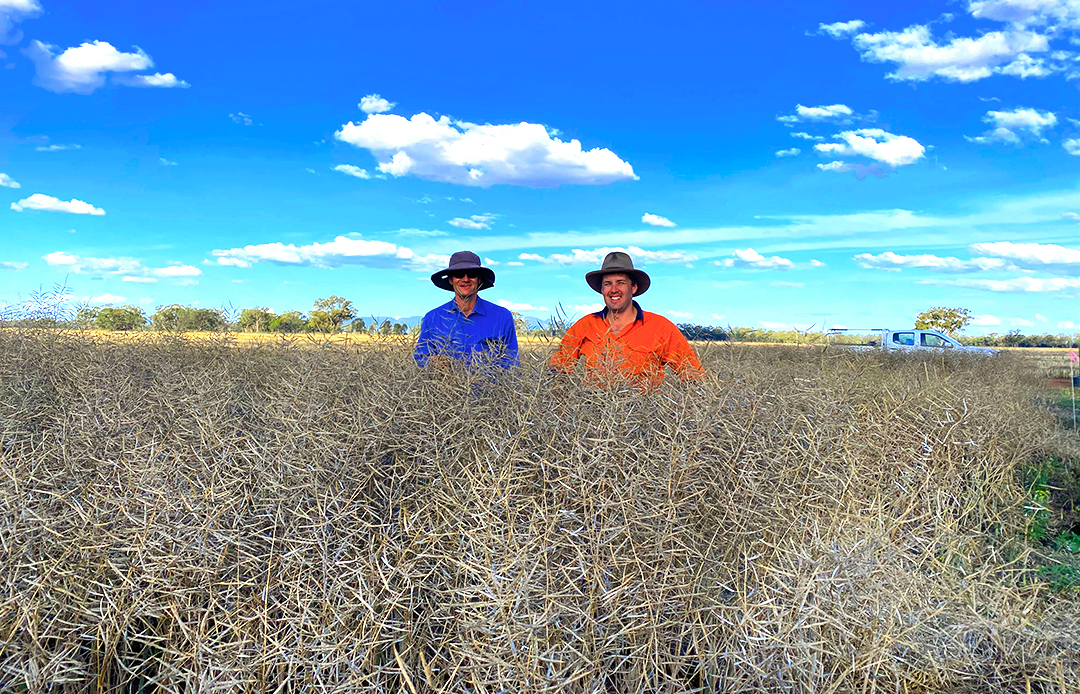If you’re a keen gardener, you’d know the quality of your soil can be the difference between your plants thriving, or simply surviving. However, for crop farmers across large areas of northern New South Wales and western Queensland, the quality of the soil is far from ideal.
“What we’ve found in many of these regions is that the soils can contain too much sodium, or have high pH levels, which can make the soil very compact and hard for the roots to grow through,” says Senior Lecturer in Crop Science Dr Richard Flavel.
“In these areas we can receive the rainfall that should allow for large yields but since the plants struggle to access the moisture and nutrients stored in the subsoil, we don't really yield as much as we should be able to.”
This is called a ‘yield gap’, and is a problem that’s currently being addressed through a Grains Research and Development Corporation funded research collaboration between the University of New England (UNE), the University of Southern Queensland and Queensland Department of Agriculture and Fisheries.
As part of the project, UNE is undertaking three field trials in parts of northern New South Wales, which will hopefully help researchers find ways to permanently improve the soils from deep within, rather than finding ‘quick fixes’ to the soil surface.
The treatments we have put in are changing the subsoil, they have reduced compaction and hopefully they will maintain that structure better than just deep ripping alone, plus they are continuing to have some substantial effects on the size of the crops we produce.
“This involves using a specialised deep ripper, which is a big tine implement on a large tractor to break open the soil at depth and place some amendments to fix the soil down there,” says Dr Flavel.
“We have tried a range of treatments like large amounts of organic matter, gypsum and some more experimental things.
“These treatments went in a couple of years ago and we are now assessing what benefit, if any, these treatments have had on yields, water use efficiency and root access to depth.”
UNE researchers have recently been out on harvest, and Dr Flavel says while it’s still early days, the treatments they’ve been trialling are showing promise.
“This will be the second harvest we have had since putting in the trials in at Armatree, Forbes and Spring Ridge in New South Wales and we will hopefully be keeping a close eye on these sites for a few more years to come,” he says.
“The treatments we have put in are changing the subsoil, they have reduced compaction and hopefully they will maintain that structure better than just deep ripping alone, plus they are continuing to have some substantial effects on the size of the crops we produce.”
Dr Flavel says the next step is to monitor the long-term success, and if promising, the findings could be used in a commercial setting.
“Time will tell how effective they are and whether we can stretch this to a commercially practical and economically efficient way to improve water use efficiency and environmentally sustainable production.”


